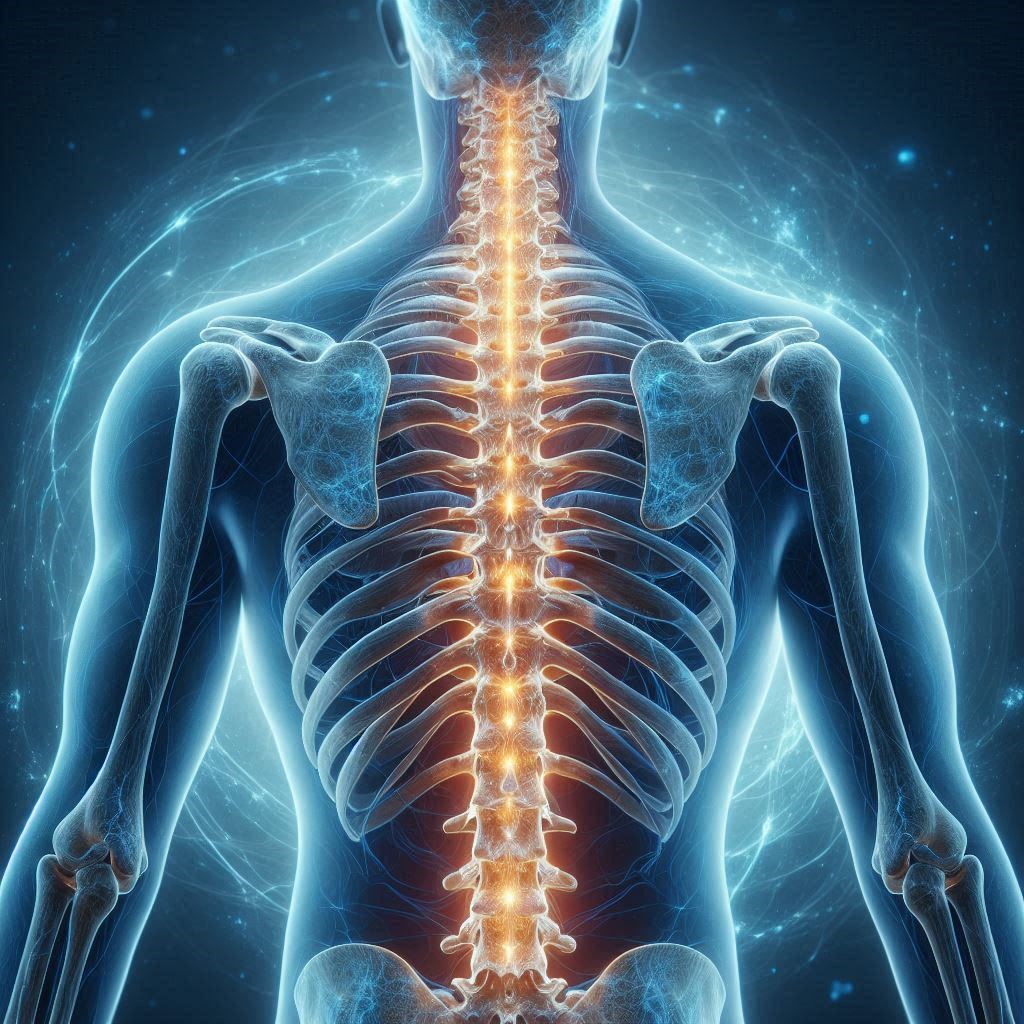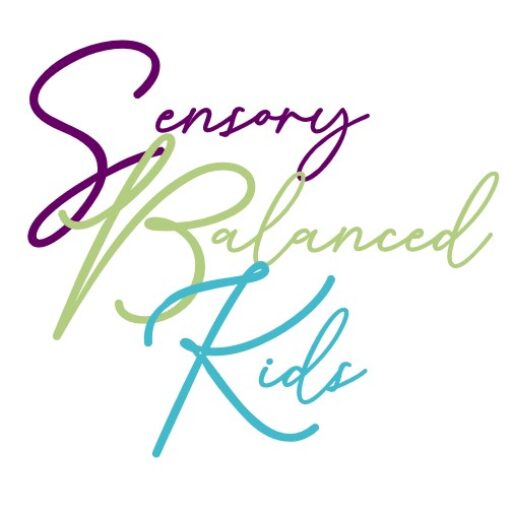
The craniosacral system
What is the craniosacral system?
Craniosacral therapy is a subject of debate within the medical community where many medical practitioners still remain sceptic on the effectiveness of the methods. This might be why it is still unknown to many, and I would like to spread the word and share our experience.
The craniosacral system plays a crucial role in maintaining the central nervous system and overall health. It is a physiological system within the body that consists of the membranes and cerebrospinal fluid that surround and protect the brain and spinal cord.

We all know that blood flows through our body in a rhythm – our pulse. But not many people are aware that we have another type of pulse in our body – the pulse of the cerebrospinal fluid.
The cerebrospinal fluid is a protective, nourishing fluid that circulates around the brain and spinal cord. It is produced in the brain, flows through a specific path along the brain and spinal cord, and is eventually reabsorbed into the blood, when returning to the brain. Proper flow of this fluid is essential for brain health and function, as it provides the brain with nutrition as well as it removes waste products from the brain.
How Craniosacral Blocks Can Cause Retained Primitive Reflexes
Craniosacral blocks are obstructions or restrictions within the craniosacral system that can disrupt the normal flow of cerebrospinal fluid.
An irregular flow of cerebrospinal fluid affects the central nervous system. The brain and spinal cord need to communicate effectively for the body to function properly. This communication happens through nerves that pass through the craniosacral system. If there’s a block, it can disrupt this communication.
Primitive reflexes are controlled by parts of the brain and spinal cord. For these reflexes to fade away, the brain needs to mature and take over control of movements. If the central nervous system is not functioning optimally due to craniosacral blocks, the maturation process of the brain may be delayed. This can result in the persistence of primitive reflexes beyond the typical age of integration.
Children with craniosacral blocks may therefore retain primary reflexes longer than usual. This retention can interfere with the development of fine and gross motor skills, coordination, and cognitive abilities.
Craniosacral blocks is like a traffic jam
Imagine the craniosacral system as a highway that allows information to travel smoothly between the brain and the body. If there’s a blockage or a traffic jam (craniosacral block), signals from the brain can’t get through as effectively. This can slow down the brain’s development and ability to control reflexes, causing primitive reflexes to stick around longer than they should.

Craniosacral Therapy
Having learned the techniques of craniosacral therapy and having seen the effects craniosacral therapy can have, it is my belief, that all children would benefit from being checked for craniosacral blocks at an early age.
Craniosacral Therapy is a form of therapy that focuses on the craniosacral system. Here’s how it works:
Gentle Touch: Practitioners use light touch to palpate the craniosacral rhythm, which is the natural movement of the craniosacral system. The pressure is as light as 0.2 oz, which means that there is absolutely no pain involved in treatment making it perfect for children and babies.
Diagnosis and Treatment: By assessing the craniosacral rhythm, practitioners can detect disturbances or restrictions in the flow of cerebrospinal fluid. They then use gentle manipulations to release these restrictions, aiming to improve the function of the central nervous system and promote health and well-being.
Our family’s experience with Craniosacral Therapy
My eldest son was extremely sensitive from the very beginning. Sounds, light, touch – every sensory input was overwhelming for him. The many many nights with an overwhelmed and crying baby made us seek out Craniosacral Therapy.
We experienced a relief in his sensory processing difficulties every time we took him to a craniosacral therapist but it didn’t last. After days or weeks we would typically be back to poor sleep and lots of crying. Going to therapy continuously was too expensive, and the lack of long term effects caused us to stop going.
When our twins were born prematurely I decided to take the first course of the craniosacral therapist education – to be able to achieve this short term effect on their wellbeing. To be honest I was terrified that our twins would sleep as poorly as their big brother, and this was the only thing I knew would work. At this point I really didn’t think that it would present anything other than this short term relieve – but WOW was I wrong!
At this point we had been doing sensory training with our eldest for a while, and when I started doing Craniosacral Therapy on him at home, we experienced a boost in the effects of his training. His sleep improved, he was happier, his balance improved significantly. It was truly amazing to witness!
Craniosacral Therapy can remove blocks in the craniosacral system – BUT this it not necessarily enough to ensure the retaining of primitive reflexes. It just makes it easier. Maybe we could have obtained the same results with the continuos training but I have no doubt that we got there faster by combining training with craniosacral therapy to release cranial blocks. But I also know from experience, that craniosacral therapy wasn’t enough. Click below to read more about primitive reflexes and how to learn the abilities to test and train them.

Get in Touch
I am happy to receive questions and comments!
